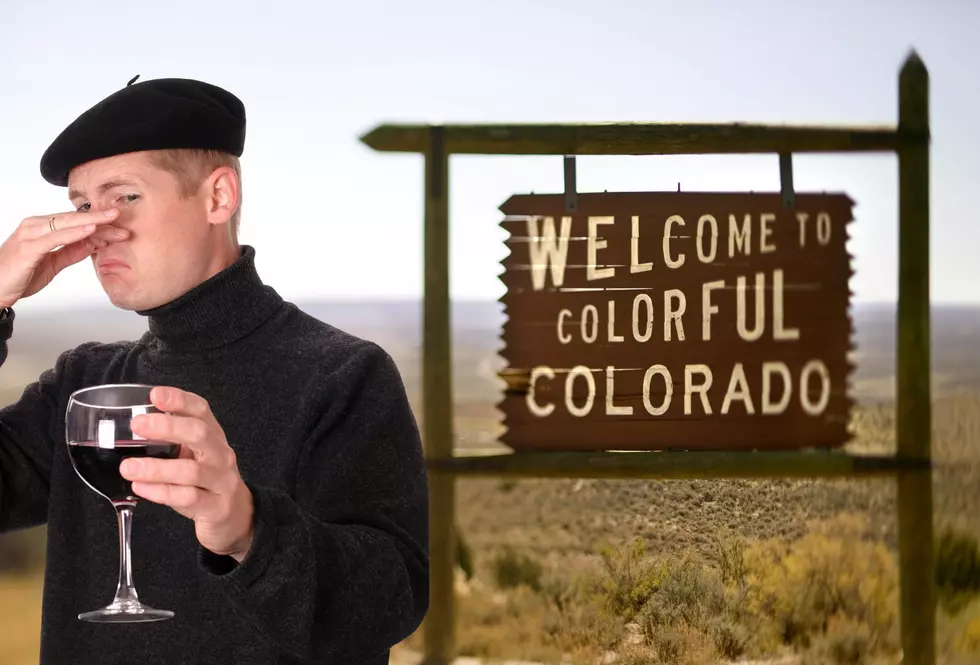
The Monarch Butterfly is Now Classified as an Endangered Species
Every summer, you can see the Monarch butterfly flutter through your yard or local park in Colorado. Over the past couple of years, you might have noticed there have been fewer and fewer Monarch butterflies.
The migratory Monarch butterfly has been classified on Thursday as an endangered species by the International Union for the Conservation of Nature. These Monarch butterflies seek winter warmth in parts of Mexico and California and in the summer months, migrate through the United State and into Canada.

The International Union for the Conservation of Nature says that the population of the migrating Monarch butterfly has decreased anywhere from 22 to 72 percent in the last decade. The International Union for the Conservation of Nature cites numerous reasons for the decrease in the population of the Monarch butterfly.
The Population Decline of the Monarch Butterfly
Some of the factors for the decreased population of the Monarch butterfly include:
- Deforestation in Mexico and California has destroyed a significant area of the winter shelter of the Monarch butterfly.
- Pesticide use has been known to kill the Monarch butterfly.
- Herbicide use kills off milkweed. The plant that the butterfly larvae feed on.
- Frequent wildfires, temperature extremes, and drought also affect the population of the Monarch butterfly.
The International Union for the Conservation of Nature believes that the western population of the Monarch butterfly has decreased by 99.9 percent from approximately 10 million to 1,914 Monarch butterflies between the 1980s and 2021. The eastern population of the Monarch butterfly has a larger population but has also seen a severe decrease in population by approximately 84 percent from 1996 to 2014.
It is difficult to watch monarch butterflies and their extraordinary migration teeter on the edge of collapse, but there are signs of hope. So many people and organisations have come together to try and protect this butterfly and its habitats. From planting native milkweed and reducing pesticide use to supporting the protection of overwintering sites and contributing to community science, we all have a role to play in making sure this iconic insect makes a full recovery,
Said Anna Walker, leader of the Monarch butterfly assessment and member of the IUCN SSC Butterfly and Moth Specialist Group. Walker is also a Species Survival Officer at the New Mexico BioPark Society.
The next time you see a Monarch butterfly. Appreciate it as they are now considered endangered. You may never know when it could be the last time you see a Monarch butterfly due to their dwindling population.
Source: IUCN.org




